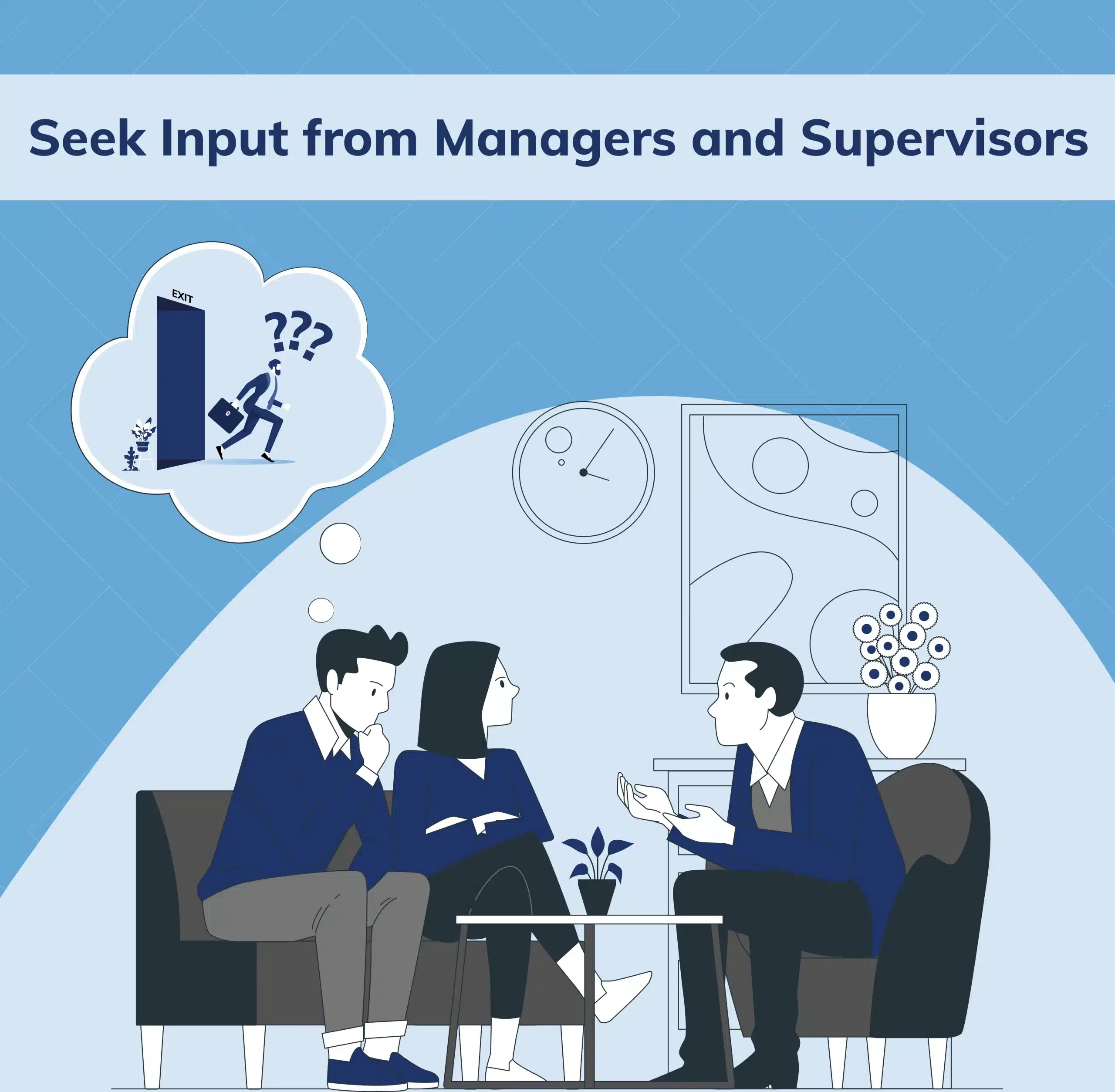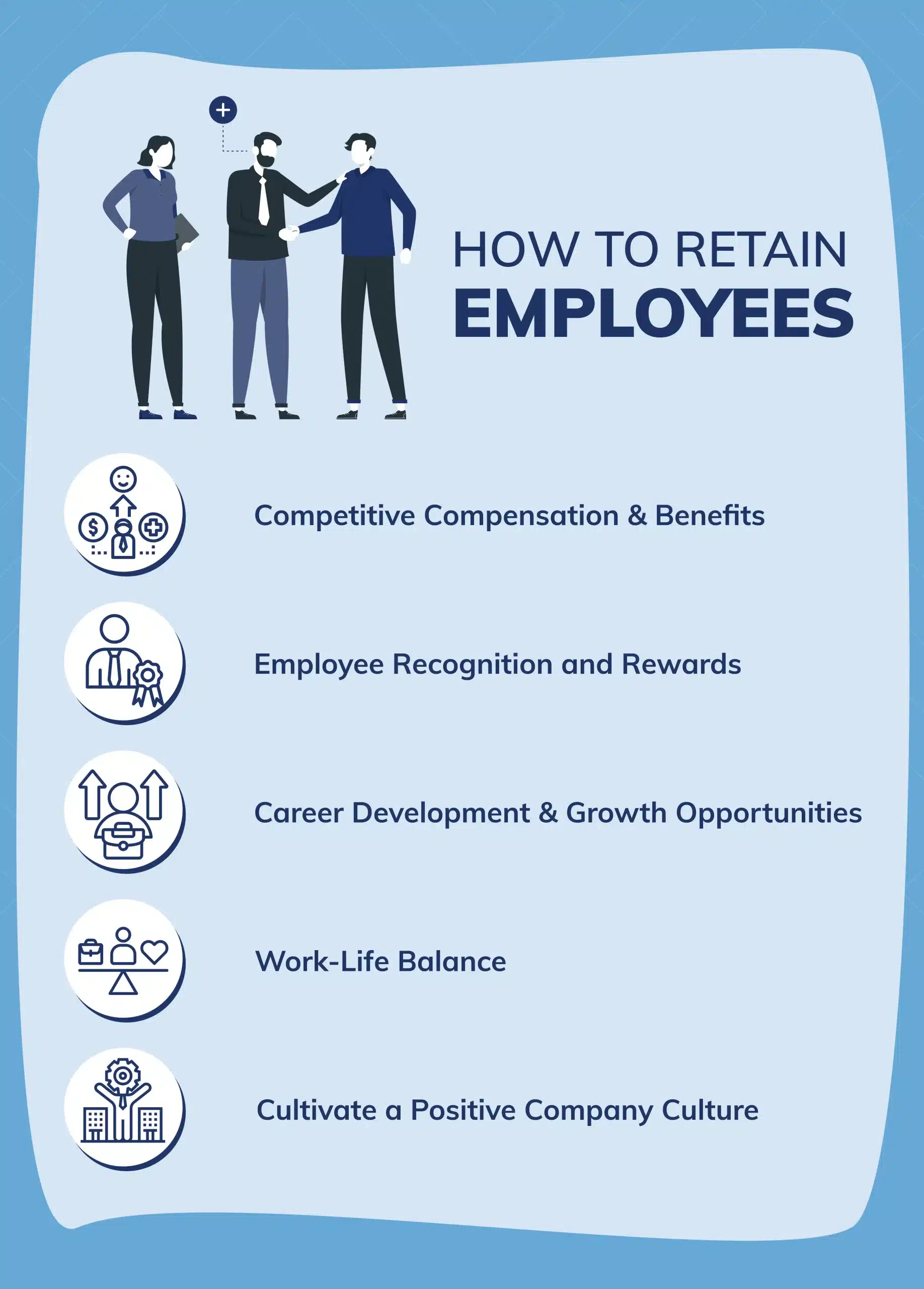Table of content
By the end of this article, you will have a comprehensive understanding of the turnover costs and valuable insights into how you can mitigate these challenges within your own organization.
Understanding Attrition and Turnover
Attrition and turnover are two terms commonly used in the business world to describe the departure of employees from an organization. While they may seem interchangeable, understanding the key differences between attrition and turnover is crucial for gauging the hidden costs associated with employee exit and its impact on organizational success.
The key difference lies in the voluntary or involuntary nature of employees’ departures. Attrition is typically driven by personal factors or voluntary decisions. It is a multifaceted issue influenced by various factors, such as personal reasons, better career opportunities, or poor work-life balance. Voluntary attrition, in particular, occurs when employees choose to leave the company willingly.
Whereas turnover refers to the total number of employees who leave the organization, irrespective of the reasons, whether voluntary or involuntary. High turnover can have a detrimental impact on the company’s performance, leading to increased costs and diminished productivity.
Calculating Attrition and Turnover Rates
Understanding attrition and turnover rates is crucial for organizations to assess the impact of employee exits on their overall success. By accurately calculating these rates, businesses can gain valuable insights into their workforce dynamics and make informed decisions for improving employee retention. Let’s delve into the process of calculating attrition and turnover rates.
Attrition Rate Calculation
The attrition rate measures the percentage of employees who leave an organization over a specific period voluntarily. To calculate the attrition rate, follow this formula:
For example, if your company had 50 employees at the beginning of the quarter and 2 employees left during the same period, the attrition rate would be:
(2 ÷ 50) × 100 = 4% attrition rate
Turnover Rate Calculation
The turnover rate focuses on all employee departures. It measures the percentage of employees who voluntarily or involuntarily leave an organization. The formula for calculating the turnover rate is as follows:
For instance, if your organization experienced 5 departures during a particular year, and had an average of 100 employees, the turnover rate would be:
(5 ÷ 100) × 100 = 5% turnover rate
Impact of Attrition and Turnover on Organizational Success
Attrition and turnover can have a significant impact on an organization’s success. Understanding how these two factors affect the overall performance and productivity of a company is crucial for managing human resources effectively. Let’s delve into the key areas where attrition and turnover can influence organizational success:
Cost implications
Attrition and turnover come at a cost to organizations, both financially and operationally. The process of recruiting and training new employees can be expensive and time-consuming. Additionally, the loss of experienced and skilled employees can result in decreased productivity and efficiency.
According to research, replacing an employee can cost up to 150% of their annual salary, considering expenses associated with recruitment, training, and lost productivity during the transition period.
Knowledge and expertise drain
High attrition rates and turnover can result in the loss of critical knowledge and expertise within an organization. When knowledgeable and experienced employees leave, their departure can create a knowledge gap that affects decision-making, problem-solving, and overall performance.
Employee morale and engagement
Frequent attrition and turnover can negatively impact employee morale and engagement. When employees witness their colleagues leaving regularly, it can create uncertainty and a sense of instability within the organization.
This can lead to decreased motivation, lower job satisfaction, and reduced loyalty among remaining employees. A decline in employee morale can have a ripple effect on productivity, teamwork, and overall organizational culture.
Organizational culture and reputation
Attrition and turnover rates can influence the perception of an organization’s culture and reputation, both internally and externally. High turnover rates may raise questions about leadership, employee satisfaction, or the work environment.
Potential candidates and clients may also view high turnover unfavorably, questioning the stability and long-term potential of the organization.
Identifying Reasons for Employee Exit
Employee exit can have a significant impact on organizational success and profitability. By identifying the underlying causes, companies can address issues effectively and implement strategies to mitigate employee turnover. Here are some key steps to help you identify reasons for employee exit:
Conduct Exit Interviews
One of the most effective ways to identify reasons for employee exit is through conducting exit interviews. These interviews provide departing employees with an opportunity to share their thoughts and experiences, allowing companies to gather valuable insights.
Ask open-ended questions about their decision to leave, the work environment, leadership, career development opportunities, and overall job satisfaction. Take note of common themes or recurring issues mentioned by multiple employees.
Review Performance Data
Examine performance data of exiting employees leading up to their departure. Look for any decline in performance or indicators of dissatisfaction. Analyzing performance metrics can reveal potential issues such as lack of recognition, inadequate training, or limited career advancement prospects that may have influenced the decision to leave.
Assess Turnover Rates by Department or Team
Evaluate turnover rates within different departments or teams to identify any areas of concern. A higher turnover rate in specific areas may indicate underlying issues that need to be addressed. It could be due to poor management practices, excessive workloads, or a toxic team culture. By pinpointing these problem areas, companies can take targeted actions to improve retention.
Seek Input from Managers and Supervisors
Engage in conversations with managers and supervisors to gain their perspectives on reasons for employee exit. They have firsthand knowledge of the daily operations and interactions within their teams. They can provide insights into challenges employees face, potential sources of dissatisfaction, and any recurring issues they have noticed. Their input can help identify systemic problems within the organization.
Strategies for Employee Retention
Employee retention is a critical factor for any organization’s success. High attrition and turnover rates can be costly and disrupt productivity. To combat this, implementing effective strategies for employee retention becomes paramount. Here are five strategies that can help organizations retain their valuable talent:
Competitive Compensation and Benefits
Offering competitive salaries and comprehensive benefits packages is crucial to attract and retain top talent. Conduct thorough market research to ensure your organization’s compensation is on par with industry standards.
Additionally, consider adding perks such as flexible work hours, remote work options, and professional development opportunities.
Employee Recognition and Rewards
Recognizing and rewarding employees for their hard work and achievements is a powerful retention strategy. Implementing employee recognition programs, such as “Employee of the Month” awards or performance-based bonuses, can boost morale and create a positive work environment. This not only encourages employees to stay but also motivates them to perform at their best.
Career Development and Growth Opportunities
Employees are more likely to stay if they see a clear path for growth within the organization. Provide opportunities for skill development, additional training, and career advancement. Encourage employees to set personal and professional goals and support them in reaching those goals. This not only improves retention but also enhances productivity as employees feel valued and invested in their own growth.
Work-Life Balance
Maintaining a healthy work-life balance is essential for employee well-being and satisfaction. Encourage employees to take time off when needed and promote a flexible work culture that accommodates personal commitments. Provide resources for stress management and work-life balance initiatives. This not only reduces burnout but also promotes loyalty and commitment.
Cultivate a Positive Company Culture
A strong and positive company culture plays a vital role in employee retention. Foster an inclusive and collaborative environment where employees feel valued and supported. Encourage open communication, empower employees to voice their opinions, and provide channels for feedback. When employees feel connected and appreciated, they are more likely to stay with the organization.
Conclusion
In conclusion, understanding the true costs of attrition and turnover is crucial for the success of any organization. By accurately calculating these rates, businesses can identify the factors contributing to employee exits and take proactive steps to mitigate their impact. Attrition and turnover not only result in financial losses but also negatively affect team morale and productivity. By uncovering the hidden costs, organizations can implement effective retention strategies and create a more positive work environment.
To master attrition and turnover, it is essential to analyze data, engage employees, and implement retention initiatives tailored to address specific pain points. By investing in employee development, fostering a culture of open communication, and continuously monitoring and improving employee satisfaction, businesses can reduce turnover rates and improve overall organizational success.






